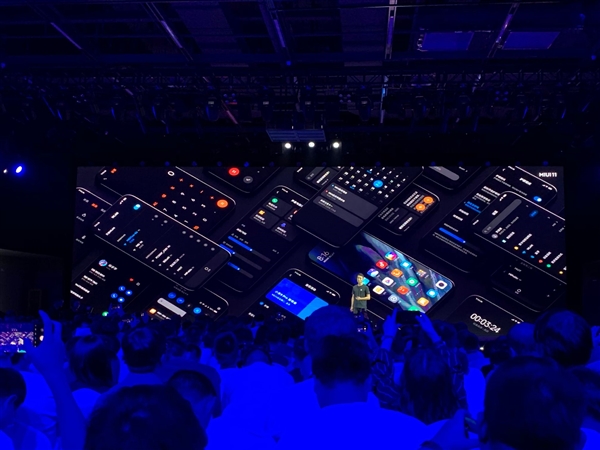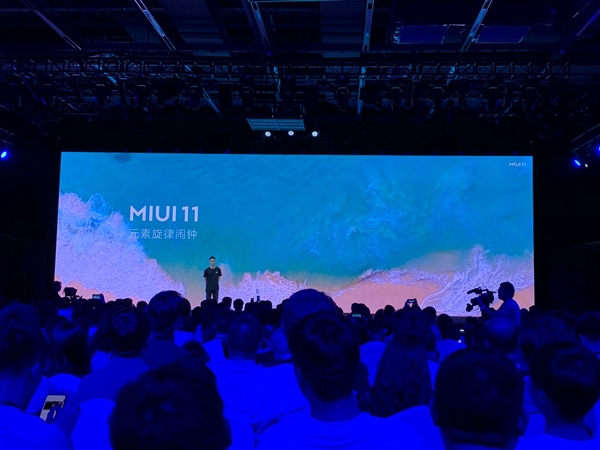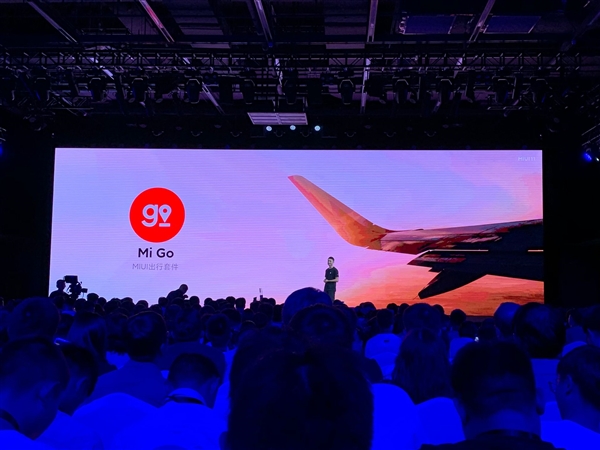One of the most celebrated FPS games, Call of Duty is now officially available on mobile platforms. Months after announcing pre-registration, Activision has finally made the Call of Duty Mobile game available on Android and iOS on October 1. The pre-registration was available from March, while its beta-release in select countries started in July 2019. Developed by Activision and TiMi Studio (a branch of Tencent Games), CoD: Mobile promises a similar gaming experience to its PC and Console counterparts. The game is free-to-play with in-app purchases.
System Requirements for Call of Duty Mobile
Android
Any Android phone with at least 2GB memory (RAM) running on Android 5.1 or higher can offer the user a playable experience of the game.
iOS
The game is supported by any Apple device running iOS 9 or higher. However, CoD: Mobile will not work on following Apple devices:
- iPhone 5S
- iPhone 6
- iPhone 6 Plus
- iPad Air
- iPad Mini 2
- iPad Mini 3
- iPad Touch

The game features classic maps from the Call of Duty franchise, like Nuketown, Crash, Crossfire, Killhouse, Firing Range, Hijacked and Standoff. Also, fans of the game will also be happy to see some familiar faces like Simon “Ghost” Riley, Alex Mason, John “Soap” MacTavish, John Price in the mobile version as well, with character customization option.
Also Read: YouTube Music to replace Google Play Music app: Now comes pre-installed on Android 10 devices
Call of Duty Mobile Game Modes
| S. No. | Game Mode | Objective | Team Formation | Number of Players |
| 1 | Battle Royale | Be the last man or team alive. | Solo/Duo/Squad of 4 | Up to 100 |
| 2 | Team Deathmatch | Defeat the opponent team. | 5 on each team | 10 |
| 3 | Domination | Capture and hold flags across the map to earn points for your team. | 5 on each team | 10 |
| 4 | Hardpoint | Capture the hill which rotates location periodically to earn points for your team. | 5 on each team | 10 |
| 5 | Frontline | After spawning at a team base, kill players on the opposing team. | 5 on each team | 10 |
| 6 | Free-for-all (FFA) | Every player for themselves. | Solo | 8 |
As the game is developed by Tencent Games, which is also responsible for the global sensation that is “PUBG Mobile“, you can expect a highly organized and an easy to navigate UI in CoD: Mobile. The graphics and gameplay experiences of the game are on par or maybe even better than the likes of its competitors like PUBG Mobile, Garena Free Fire, Cyber Hunter, etc.

How to download Call of Duty Mobile
As the game is no longer in beta, it is free and fairly easy to download. For Android users out there, you can search up the game in the Play Store and download it, or click here. Similarly, for Apple devices, look up the game in the App Store or click here.
However, if you’re still not able to download the game from official sources for some reason, you can download the APK and OBB file of the game from here and follow the instructions on the site for installation.












![Play Pass Intro Screen [1]](https://cdn.gadgetbytenepal.com/wp-content/uploads/2019/09/Intro-screen-1.jpg)
![Play Pass Intro Screen [2]](https://cdn.gadgetbytenepal.com/wp-content/uploads/2019/09/Intro-screen-2.jpg)
![Explore Google Play Pass [1]](https://cdn.gadgetbytenepal.com/wp-content/uploads/2019/09/Explore-GPP-1.jpg)
![Explore Google Play Pass [2]](https://cdn.gadgetbytenepal.com/wp-content/uploads/2019/09/Explore-GPP-2.jpg)
![Explore Google Play Pass [3]](https://cdn.gadgetbytenepal.com/wp-content/uploads/2019/09/Explore-Gpp-3.jpg)

















